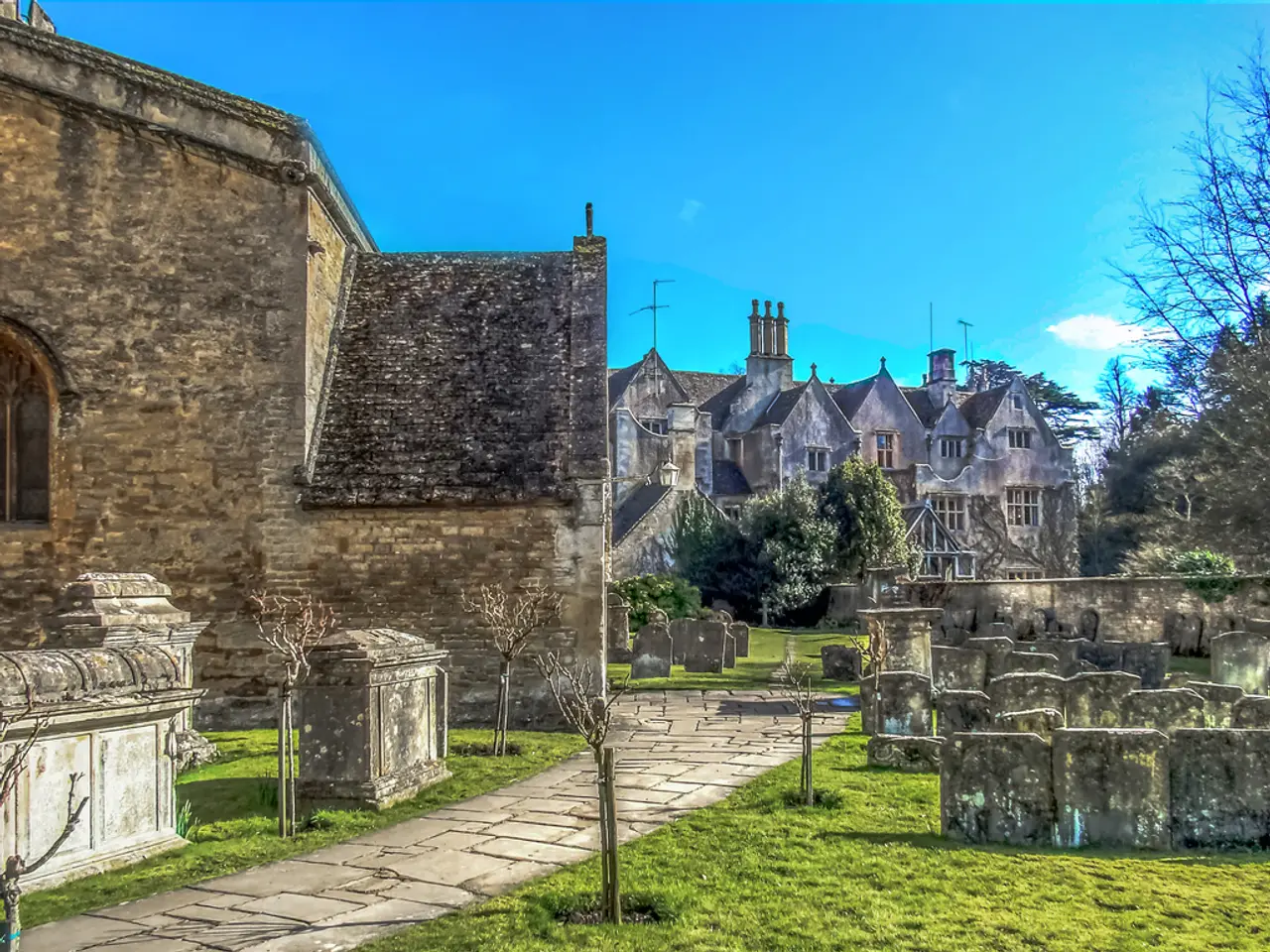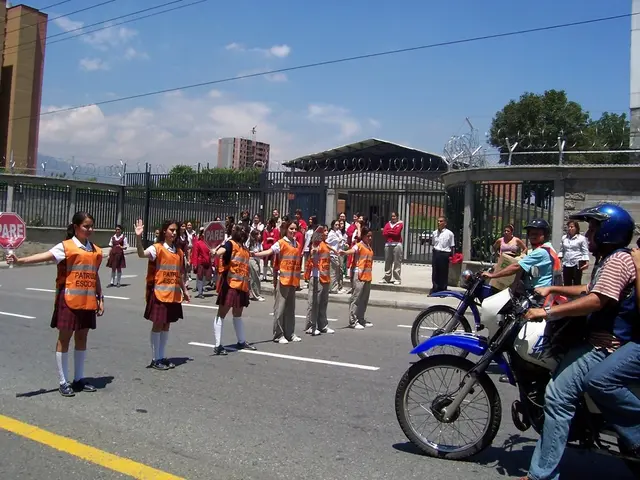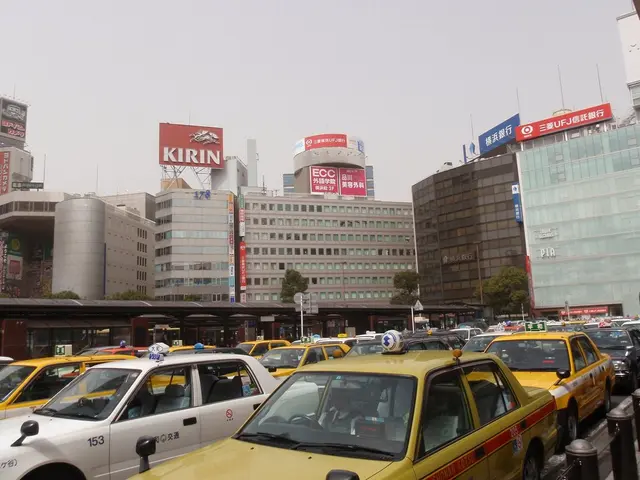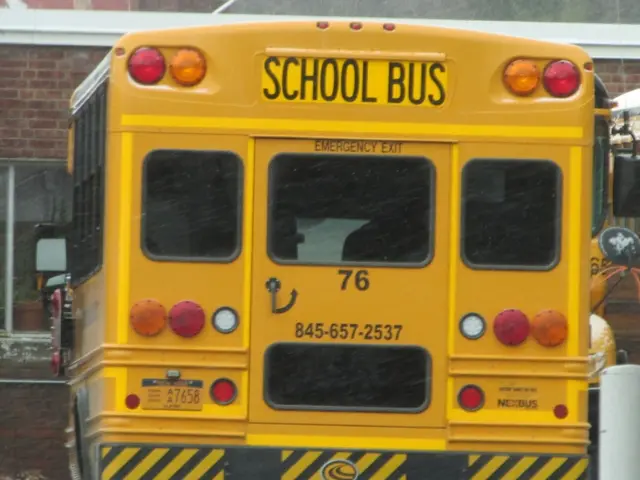Urban Education Sustainability: Leveraging Community Spaces for Eco-Education
Living, Learning, Greening Modern Cities
Cityscapes aren't just concrete jungles anymore; they're spaces for growth, education, and environmental consciousness. Not just in classrooms or libraries, but parks, green spaces, playgrounds, bike lanes, rooftops, and even street art, cities are the new frontiers for spreading eco-awareness. With the ever-looming climate crisis and urban expansion, sustainable urban education has become a vital tool, empowering residents to take part in local green transformations and foster social responsibility.
Cities that choose to invest in public space environmental education foster not just awareness among residents but also create more inclusive, collaborative, and health-conscious urban environments. Integrating ecology into the urban landscape makes sustainable development tangible and accessible, an integral part of daily life.
Embracing the City as a Learning Lab
For ages, environmental education has been limited to classrooms and viewed as an elective subject. Yet, today more educators and experts are advocating for the environment to be learned in the environment-even in an urban setting. Parks, urban farms, green rooftops, reimagined courtyards, chaotic intersections-all can become educational hubs given proper design and activation.
The urban space as a classroom offers something traditional lessons don't: chances for observation, experimentation, practical action, and immediate encounters with natural phenomena. Residents witness the outcomes of their choices- plastic waste, water consumption, energy efficiency-and learn how minor actions like planting trees or water collection make tangible differences in the community. This real-world engagement and collective action are the cornerstones of urban learning.
Case Studies: Eco-Education Redefining Public Spaces
- Greening Schools, Chicago: This project brought students, teachers, and the community together in designing and executing sustainable landscaping initiatives within urban school surroundings. Project-based learning strategies were employed, where students used critical thinking and collaborative skills to address real-life sustainability challenges in their schools, instilling a sense of environmental stewardship and hands-on learning beyond conventional classrooms[1].
- The Green Bronx Machine: While specific details about public spaces are less emphasized, this initiative focuses on urban youth eco-education by creating eco-friendly environments in school settings and promoting sustainable food practices such as urban gardening. These endeavors extend learning beyond classrooms and into the community, cultivating environmental awareness and healthy urban living[2].
- Edible Schoolyard Project: This initiative integrates gardening and sustainable food cultivation in school settings, encouraging students to engage with natural systems and understand sustainable agriculture directly in urban public spaces[2].
- National Wildlife Federation’s eco-education programs: These initiatives bring wildlife and natural ecosystem awareness into urban schools, nurturing biodiversity and environmental stewardship as integral components of urban education[2].
Common themes among these initiatives include:
- Incorporating natural elements, green technologies, and sustainable materials into public learning spaces-such as reclaimed wood furniture and natural lighting[2].
- Promoting waste reduction and recycling programs in schools to establish sustainable habits among students[2][4].
- Encouraging student participation and leadership in sustainability projects for a sense of ownership and to empower them as environmental stewards[3][4].
- Integrating sustainability education into the standard curriculum to ensure consistent exposure to ecological principles, climate change, resource management, and conservation[4].
These programs demonstrate how urban public spaces, particularly schools and their grounds, can be harnessed as dynamic learning platforms that foster environmental awareness and contribute to healthier urban ecosystems through community-engaged, hands-on education.
In summary, sustainable urban education initiatives in public spaces often manifest as school-centered projects such as the Greening Schools, Green Bronx Machine, Edible Schoolyard Project, and wildlife-focused educational programs. They promote environmental awareness and healthier urban ecosystems by adopting outdoor education, project-based learning, eco-friendly space design, and active student involvement, all integrated into the urban fabric[1][2][3][4].
- A sustainable-living lifestyle can be facilitated through urban environments that promote education-and-self-development, especially in learning opportunities provided by green spaces, parks, and school settings, like the Greening Schools in Chicago and Edible Schoolyard Project.
- Integrating home-and-garden concepts into urban areas, such as urban farms and green rooftops, not only enriches a city's lifestyle but also serves as a crucial platform for sustainable-living education and practical learning experiences, as exemplified by initiatives like The Green Bronx Machine and the National Wildlife Federation's eco-education programs.






